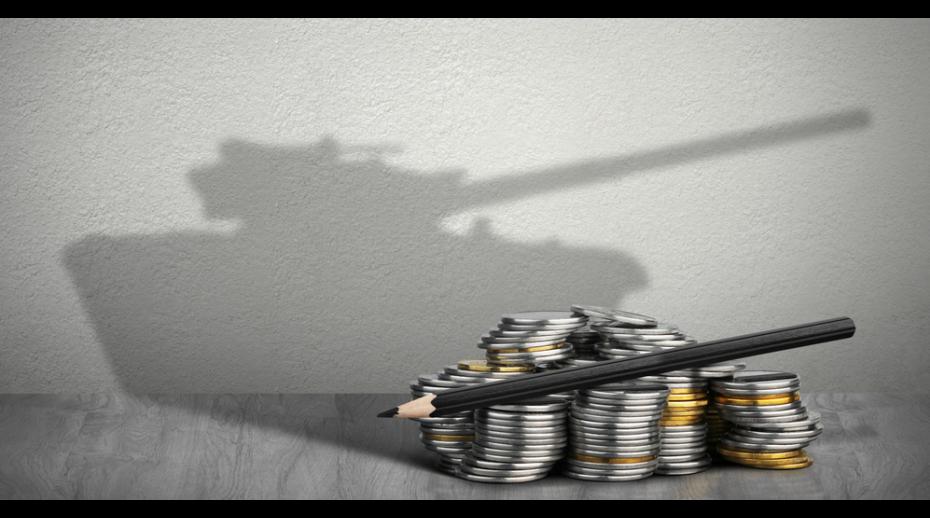
On 2 May 2018 SIPRI launched its new data on global military expenditure in 2017. Among the most notable developments revealed by the new data was the sharp decline in Russia’s military spending in 2017 compared with 2016. This brief commentary discusses this development in more detail, in the context of the longer-term trend, and explains the methodology behind the data.
In its calculation of Russia’s military spending, SIPRI takes into account a number of sources of military expenditure outside the official ‘defence’ budget. Items covered by SIPRI’s military expenditure calculation for Russia include the following:[1]
- The total Russian ‘defence’ budget;
- Military pensions;
- Spending on paramilitary forces (i.e. Ministry of Interior internal security forces, the National Guard of Russia and the Border Service of the Federal Security Bureau);
- Other Ministry of Defence expenditure (e.g. education, healthcare, housing, social support etc.); and
- Additional subsidies (i.e. for the Baikonur space centre and Rosatom).
Actual spending in these five categories totalled 3.85 trillion roubles in 2016, amounting to $57.4 billion when converted to current US dollars. However, as highlighted by SIPRI during the launch of its military expenditure data for 2016, Russia’s actual military spending for that year also included a one-off government debt repayment of almost 800 billion roubles ($11.8 billion) to Russian arms producers. This raised Russia’s actual military spending for 2016 to 4.64 trillion roubles, equivalent to $69.2 billion in current US dollars. For 2017, the amended budget for these five categories totalled 3.87 trillion roubles or $66.3 billion in current US dollars.
In order to calculate changes in Russian military expenditure for 2017 in real terms, SIPRI converted all military spending in local currency to constant 2016 US dollars (adjusting for the effects of price inflation in Russia and converting to US dollars using the average 2016 dollar–rouble exchange rate). Based on this calculation, Russia’s military spending in constant 2016 US dollars was $69.2 billion in 2016 and $55.3 billion in 2017—a real-terms annual decrease of 20 per cent. Without the extraordinary debt repayment in 2016 Russia’s total military expenditure for that year in constant 2016 US dollars would have been $57.4 billion. If this figure were used to calculate the change in spending between 2016 and 2017, the real-terms annual decrease would be 3.7 per cent. It seems that Russian military spending was already in decline in 2016 (for the first time since 1998), but this development was masked by Russia’s one-off debt repayment to its arms industry.
SIPRI uses only open sources and welcomes comment and discussion on its databases and ways to improve their quality. SIPRI acknowledges that it might have been helpful to make reference to the anomalous increase in Russian military spending in 2016 in the Fact Sheet presenting the data for 2017. However, it is important to stress that the data presented was accurate.
[1] For further information on SIPRI’s definition of ‘military expenditure’ and its methodology see the SIPRI website.